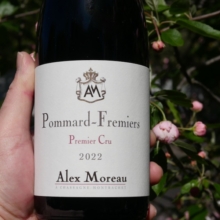
Product information
Domaine Alex Moreau Pommard 1er Cru ‘Les Fremiers’ 2022
$290
Description
This possesses the most floral-suffused nose in the range with its pretty liqueur-like aromas of various red berries, soft earth and a hint of crushed anise. There is excellent volume to the caressing and seductively textured flavors that exude a subtle minerality on the youthfully austere, firm and compact finale. Like the Caillerets, this needs more depth so at least some patience is in order.
Allen Meadows, Burghound 90-92 Points
Only 2 left in stock

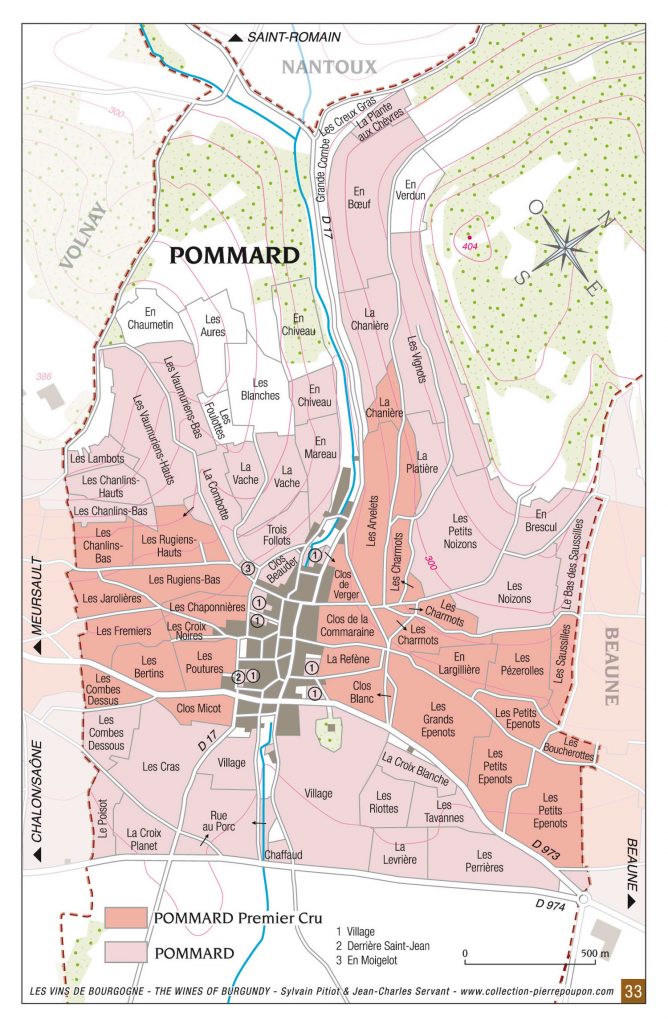

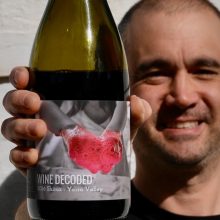
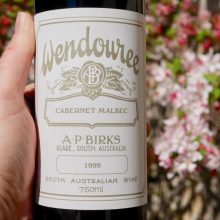
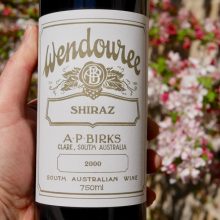
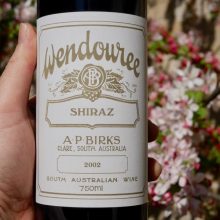
You must be logged in to post a comment.